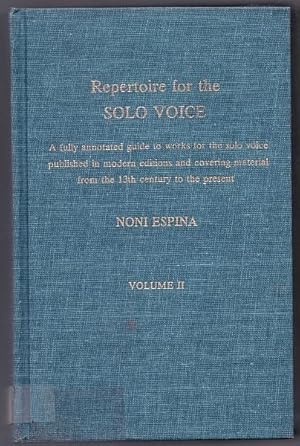IPA Source is the largest collection of literal translations and International Phonetic Alphabet (IPA) transcriptions on the web. IPA Source offers art song and opera texts to works for the solo voice in Latin, Italian, German, French, Spanish, and English and was developed to benefit singers, teachers, and all those interested in the correct and knowledgeable performance of vocal literature.
Opera in Video contains more than 200 of the most important opera performances, captured on video through staged productions, interviews, and documentaries. The collection presents an overview of the most commonly studied operas in music history, opera literature, and performance classes. Multiple performances and stagings worldwide of the major operas allow for analysis of stage design, vocal techniques, roles, and musical interpretation across time periods, opera houses, and conductors. Performances cover the full range of operatic composition, from the Baroque to the 20th century. Users may browse by composer, genre, performer, ensemble, time period, and role.
Repertoire guides are a great resource whether you're just starting to plan a recital, looking for a spectacular encore, or trying to find something appropriate to sing for an audition. There are several kinds, some organized by voice type, some by language, some by year. Most of these guides are in the Reference section. If you can't find something, just ask! Our library staff members are also great resources for finding repertoire!
 Repertoire for the solo voice: a fully annotated guide to works for the solo voice published in modern editions and covering material from the 13th century to the present
by
Noni Espina
Repertoire for the solo voice: a fully annotated guide to works for the solo voice published in modern editions and covering material from the 13th century to the present
by
Noni Espina
 Music for the voice; a descriptive list of concert and teaching material
by
Sergius Kagen
Music for the voice; a descriptive list of concert and teaching material
by
Sergius Kagen
 New vocal repertory: an introduction
by
Jane Manning
New vocal repertory: an introduction
by
Jane Manning
 Guide to operatic roles & arias
by
Richard Boldrey
Guide to operatic roles & arias
by
Richard Boldrey
When you need a song or aria, sometimes it is only available in a collection. Though you can find most songs and arias using a keyword search in the WRLC Catalog, some collections don't have the table of contents online, so you have to use a book called a song index. The list below includes some of our most commonly used indices.
How to use an index: Look up the title of the piece. Next to the title, there will be a string of letters or numbers, or a combination of the two. Use this code to look in the front of the volume to find the collection or anthology - most indices are annotated with the call numbers of collections owned by Catholic University. Some collections also index by composer, country of origin (this is handy for folk music!), or other ways.
 Wedding Music: An Index to Collections
by
William D. Goodfellow
Wedding Music: An Index to Collections
by
William D. Goodfellow
 Songs in Collections
by
Desiree de Charms & Paul F. Breed
Songs in Collections
by
Desiree de Charms & Paul F. Breed
 The Song Index of the Enoch Pratt Free Library
by
Ellen Luchinsky
The Song Index of the Enoch Pratt Free Library
by
Ellen Luchinsky
 Catalogue of Choral Music Arranged in Biblical Order
by
James Laster
Catalogue of Choral Music Arranged in Biblical Order
by
James Laster
 Catalogue of Vocal Solos and Duets Arranged in Biblical Order
by
James H. Laster
Catalogue of Vocal Solos and Duets Arranged in Biblical Order
by
James H. Laster
 The ring of words; an anthology of song texts
by
Philip L. Miller
The ring of words; an anthology of song texts
by
Philip L. Miller
